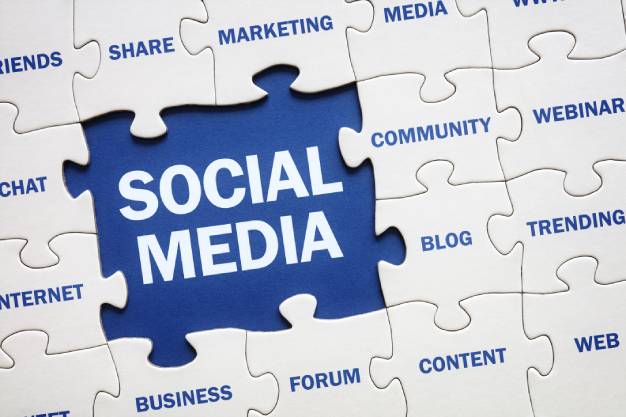
If you are a social-media conscious brand, you might have come across tons of acronyms or slang that take a while to figure out. While social media acronyms like CTA, CTR, ROI get thrown around a lot more than acronyms like TBH, LMK, etc., casually in comments or captions, it becomes difficult to follow the conversations.
More importantly, you don't have to be a social media marketing manager to know these terms because the goal is to connect with the audience on a larger scale.
So, you must embrace the people's language and use the most common social media marketing acronyms. Here is a comprehensive list that will help you create trendy and crisp content.
1. B2B – Business to Business. A form of transaction between businesses, such as one involving a manufacturer and wholesaler, or a wholesaler and a retailer. Source
2. B2C – Business to customers. Most companies that sell directly to consumers can be called B2C companies. Source
3. CMS – Content management system. A content management system is computer software used to manage the creation and modification of digital content. Source
4. CPC – Cost per click. This is the amount you pay for every person who clicks on your ad. Source
5. CPM – Cost per thousand. It is a marketing term used to denote the price of 1,000 advertisement impressions on one web page. Source
6. CR – Conversion rate. Your conversion rate is the percentage of visitors to your website that complete a desired goal (a conversion) out of the total number of visitors. Source
7. CRO – Conversion rate optimization. This refers to the measures you take to improve the conversion rate.
8. CTA – Call to action. A statement that encourages the audience to take a certain action.
9. CTR – Click-through rate. The percentage of people who took the action of clicking on a link when given the option.
10. ROI – Return on investment. It’s a measure of how much you earned considering the amount of money you spent to get those earnings.
11. SMB – Small and midsize/medium businesses.
12. SMP – Social media platform.
13. SMM – Social media marketing.
14. SMO – Social media optimization.
15. SoLoMo – Social, local and mobile. The merging of mobile marketing with social media marketing efforts that are locally targeted.
16. SRP – Social relationship platform. A centralized platform lets you publish content on multiple social media networks and then monitor and analyze the results.
17. TOS – Terms of service
18. UGC – User-generated content. Refers to any form of content in any format created by the users of a social network.
19. CMGR- Community manager. These individuals are responsible for managing and nurturing a brand’s relationship with the community of people. The term should not be confused with social media manager. Source
20. API- Stands for Application Programming Interface. The term refers to a set of definitions and protocols that helps build and integrate applications software. APIs let a product or service communicate with other services without necessarily being implemented. This simplifies app development. Source
21. CX- Customer Experience is the sum total of all the interactions that an organization creates in the lives of its customers. In the customer experience journey, a brand focuses on strengthening the relationship between its services and the customers. Source
22. PV- Page Visitors. The web analytic tool helps organizations measure the number of visitors landing on their web pages. Page per visit usually displays an average calculated figure achieved by dividing the total number of pages by the total number of visitors.
23. SOV- Share of Voice. This marketing metric allows brands to measure how much exposure their company has in the market compared to their competitors. The companies can also analyze their social media marketing spend compared to others. Source
24. URL- Uniform Resource Locator. The term refers to the web address that customers use to identify a website. For instance, http://www.example.com/index.html. Source
25. UV- Unique Views. The number of individual page visitors. The same can also be applied to video formats and image formats. Source
Most social media conversations are not business-focused conversations filled with formal vocabularies. Many of them usually focus on casual conversation filled with slang and phrases called acronyms. These acronyms used in public posts make the conversations more informal and mass-friendly.
Therefore, it’s a good idea to use popular acronyms in your social media marketing strategy abbreviations to identify what your audience is saying and offer relevant responses that they are familiar with. So the abbreviations we have mentioned above are commonly used as hashtags or make the part of conversations. You can take advantage of them for better engagement.
Call us today at 1.800.457.2899 or email sales@amerilist.com for your free marketing consultation.